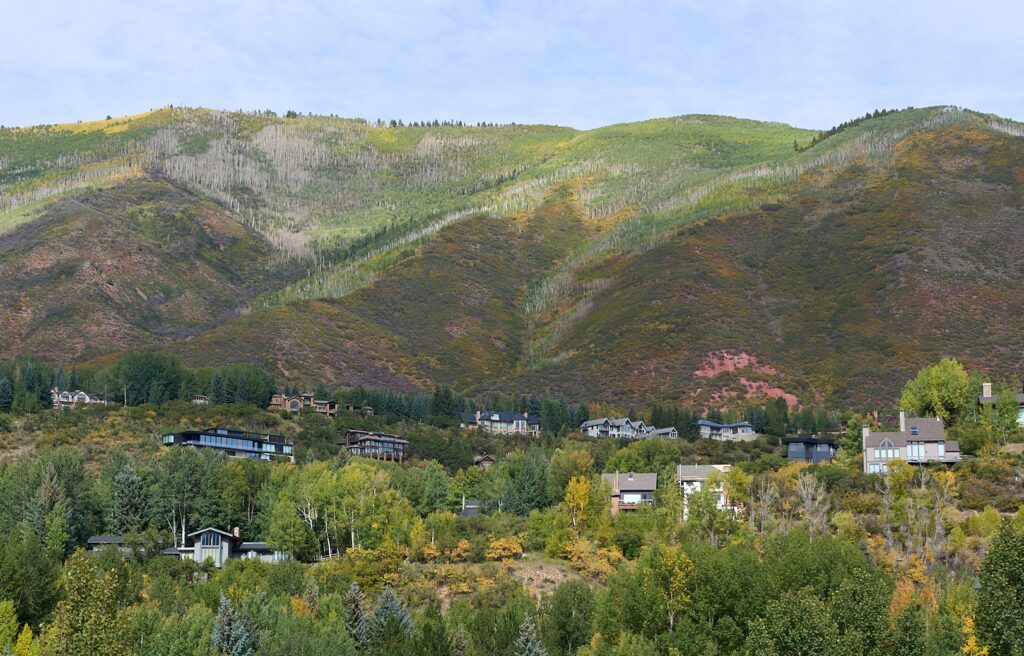Roaring Fork Valley Phenology | August 5, 2013
ACES Staff
August 6, 2013

Fireweed, Chamerion angustifolium is yet another wildflower that is blooming in abundance this year. They are in full flower this week and will begin to go to seed in the next couple of weeks.
A bee getting nectar from a flower like fireweed will fly in low and move up the the flower stalk (raceme), visiting the low blooms first and then the higher ones. I learned about the advantages of this upward nectar collecting to bees and flowers last week in the ACES pollination class taught by Rocky Mountain Biological Lab researcher Dr. Rick Williams.
1. It is more efficient (bee uses less energy) to fly up than down.
2. Lower flowers on the raceme develop first, thus there is more nectar on lower flowers. As individual flowers develop, stamens mature first. As stamens wither, the stigma (where the nectar is) develops. The bee starts low where the stigma is most developed and moves up until it encounters undeveloped stigmas that have not yet produced nectar.
3. When a bee visits a plants it goes to the plant’s highest flowers last. These flowers are likely full of pollen, but no nectar. Pollen adheres to the bee which then moves on to the next plant, where it goes for the lowest flowers first. There, the pollen on the bee first comes in contact with a developed stigma. Pollination!
Soon we’ll be seeing fireweed seeds. There can be up to 80,000 seeds on a single plant! These seeds are attached to a silky fiber, allowing them to be swept up by the wind. This adaptation makes fireweed an effective pioneer plant after a disturbance such as…fire.
~ Jim Kravitz, Director of Naturalist Programs
Related Content

RFV Phenology: Green is out, yellow is in! Or is it?
Learn More
ACES // City of Aspen Open Space Birding: Marolt Open Space 9/5/2024
Learn More